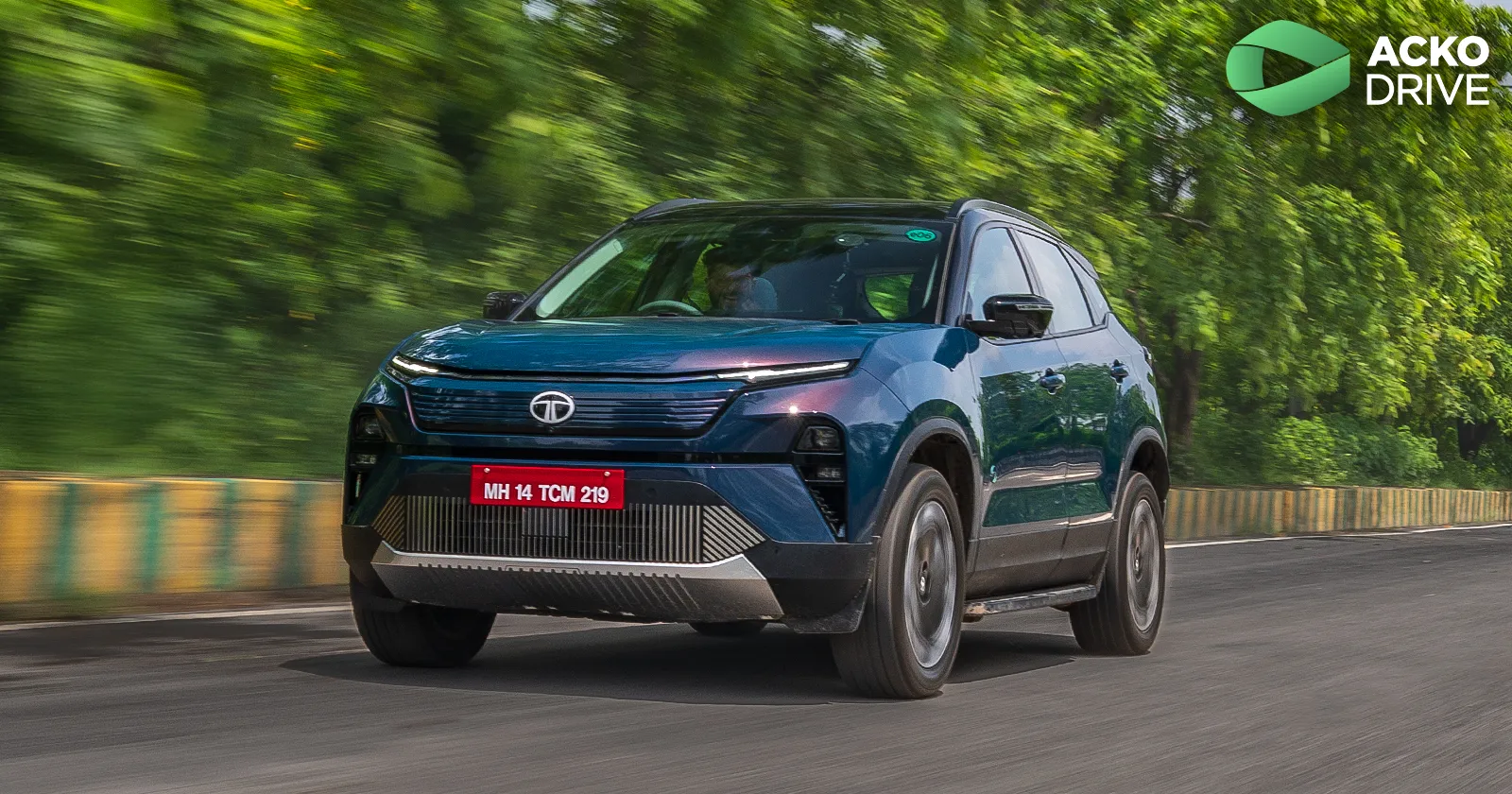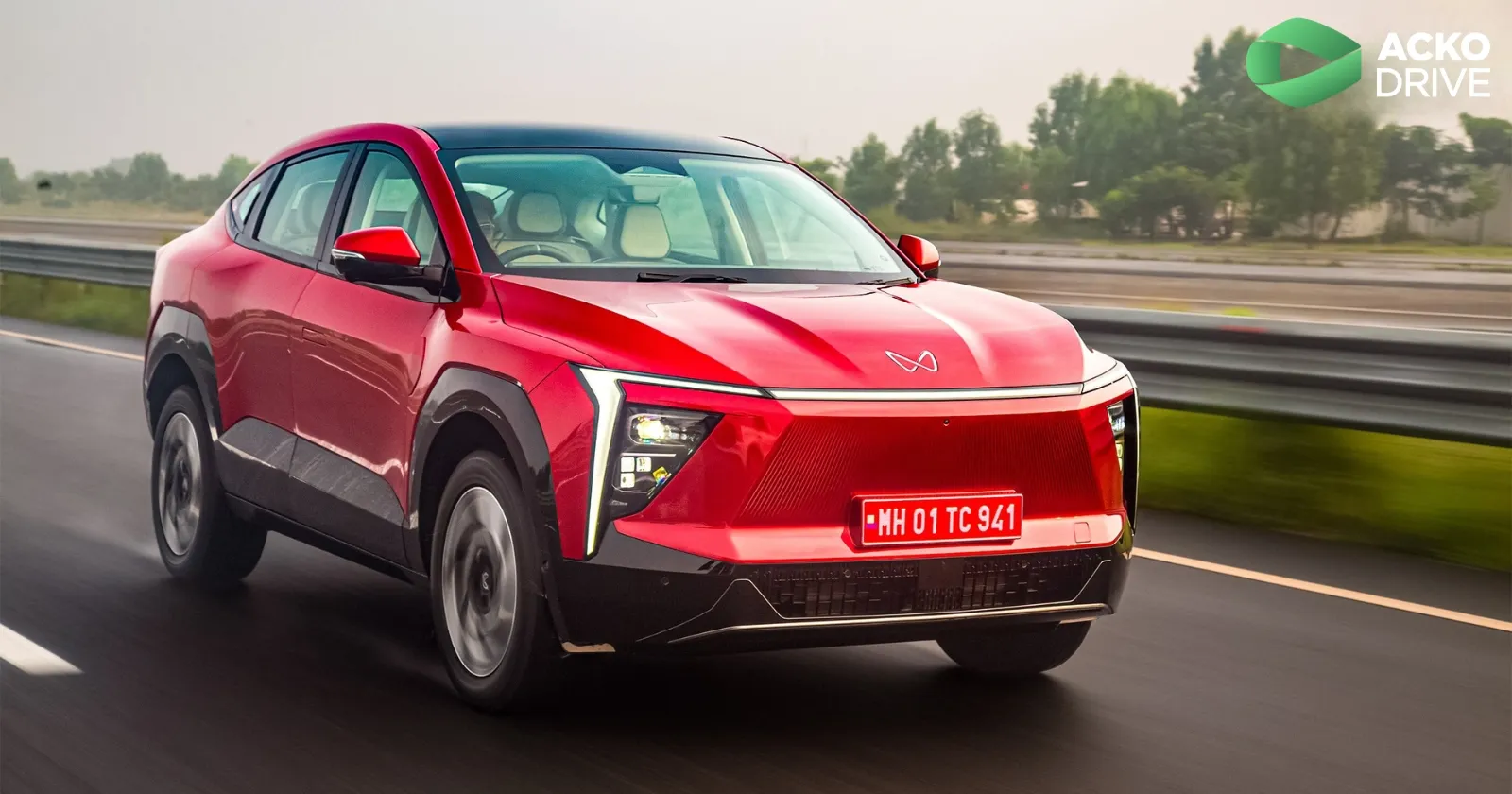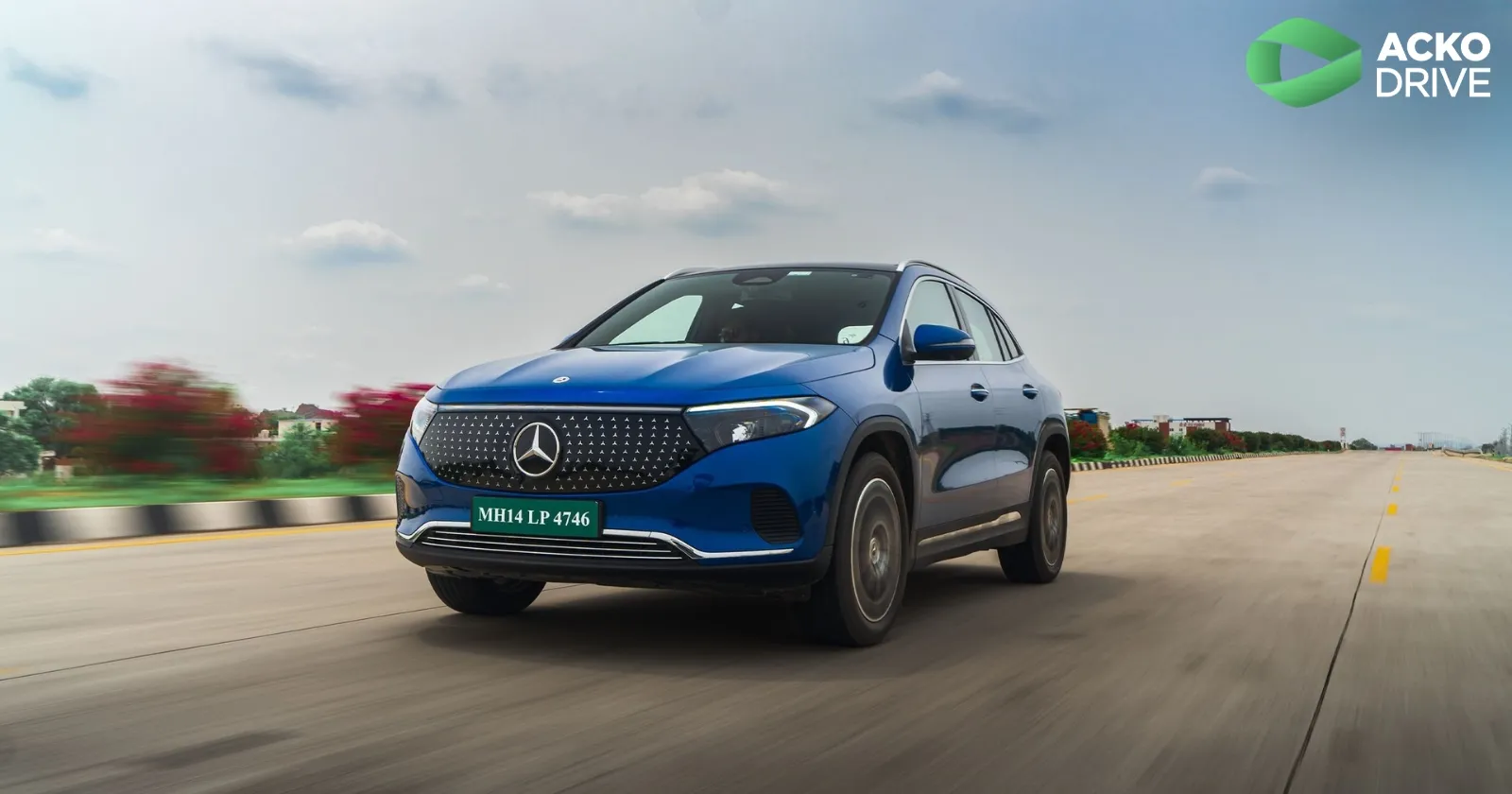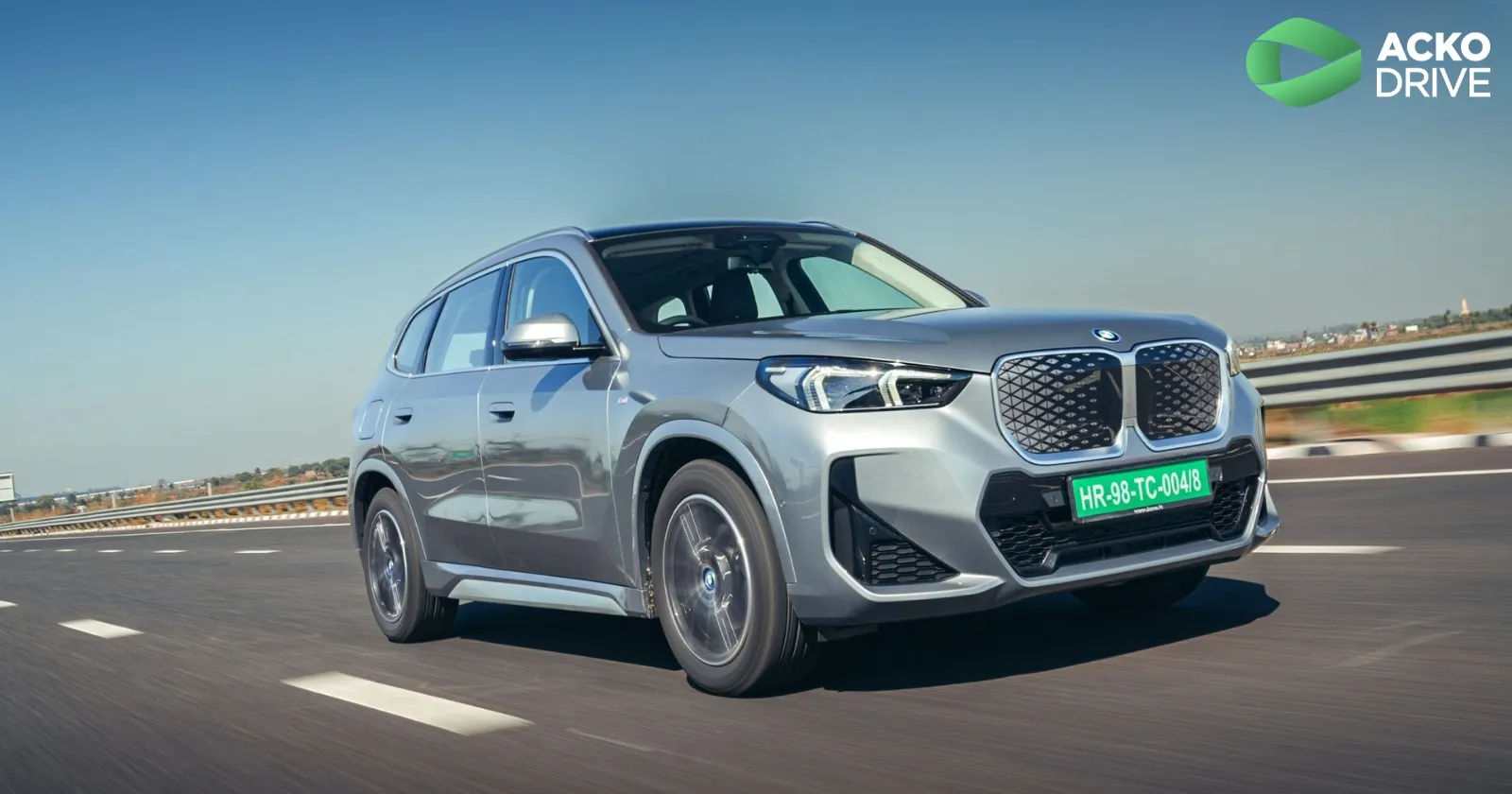
Perhaps for the first time, Indian OEMs are not just following the global playbook — they are writing their own

Share Post

Perhaps for the first time, Indian OEMs are not just following the global playbook — they are writing their own
For decades, Indian automakers played catch-up with their global counterparts. The ICE (internal combustion engine) era exposed the gap in quality, refinement, and technology between homegrown cars and those from Japan, Europe, and the US. Indian OEMs delivered affordability, but the trade-off was obvious: dated platforms, inconsistent build, and compromised performance.
But the electric era has changed the script. For perhaps the first time, Indian OEMs are not just following the global playbook — they are writing their own.

In the early years, Indian carmakers largely assembled foreign hand-me-downs. Hindustan Motors, Premier Automobiles, and Standard Motors produced outdated Fiats, Rovers, and Vauxhalls under licence. Tata Motors and Mahindra & Mahindra, founded in 1945, stayed focused on commercial vehicles before entering the passenger space much later.
Even then, the gulf in refinement and sophistication remained stark. Tata’s acquisition of Jaguar Land Rover and Mahindra’s partnerships with SsangYong and Pininfarina were turning points — offering not just design and engineering know-how but also a cultural reset on quality.

Mahindra was the early pioneer with the Reva, India’s first electric car, but it was Tata that made EVs mainstream. The Nexon EV, launched in 2020, proved that Indians were ready for practical, affordable electric mobility. Since then, Tata has expanded its electric portfolio, electrifying almost every major ICE model.
Mahindra, meanwhile, has taken a different path. Instead of converting ICE cars into EVs, its new BE (Born Electric) and XEV line-ups are being designed from the ground up as EVs. The XUV 400 was a bridge product, but upcoming models like the BE.6 and XEV 9e are purpose-built, with dedicated EV architecture and global design input.

If Indian OEMs were once accused of compromising safety, the new EVs tell a different story.
Cabin quality has also taken a leap. The Harrier EV’s interior oozes sophistication and tech integration that would have been unthinkable for an Indian OEM just a decade ago. Mahindra’s new BE and XEV models showcase premium design, advanced ADAS systems, and tech-rich cabins that rival imported EVs.
For all the progress, challenges persist. Owners still report niggles — from malfunctioning touchscreens and glitchy software to erratic lighting systems and brake-by-wire quirks. Tata has faced flak for inconsistent quality control across dealerships, while Mahindra’s early test drives revealed over-promised ranges and software bugs.
This is the new frontier: not hardware, but consistency. Global brands like BMW and Mercedes-Benz are trusted not just because of their engineering, but because every unit delivers the same experience. That’s where Indian OEMs still need to catch up.

On this Independence Day, it’s worth reflecting that India’s automotive industry has moved from dependency — assembling outdated foreign models — to creating world-class EVs on indigenous platforms.
Where could Indian OEMs be by the end of this decade?
Global Exports – Tata and Mahindra have already begun exporting EVs to markets in Africa, Latin America, and Southeast Asia. By 2030, they could emerge as serious global challengers in the affordable EV segment, filling the gap between Chinese dominance and expensive Western EVs.
EV Ecosystem Leadership – With India investing heavily in battery cell manufacturing (PLI schemes), charging networks, and green hydrogen, OEMs have an opportunity to become ecosystem leaders rather than just carmakers.
Mass + Premium Coverage – Tata may continue to dominate the mass EV space, while Mahindra focuses on premium/lifestyle EVs, creating a complementary duopoly for India in the global market.
The Global Benchmark Question – If Indian OEMs crack quality consistency and after-sales reliability, they could stand toe-to-toe with Hyundai, Toyota, and Volkswagen in global rankings — a milestone unimaginable just 20 years ago.

Indian OEMs have come a long way — from assembling borrowed ICE relics to designing five-star EVs that can rival the best. The independence they’ve gained in the EV era is not just technological but symbolic. The next frontier is global competitiveness, and the battle will be won not just in design labs and crash tests, but in the everyday ownership experience of millions of customers worldwide.
Utility Vehicle Exports from India Surpass Passenger Cars for First Time
Acko Drive Team 24 Dec, 2025, 3:58 PM IST
ACKO Drive Awards 2026: Maruti Suzuki India Crowned Safety Champion
Acko Drive Team 24 Dec, 2025, 1:22 PM IST
2026 Mahindra Thar Facelift Spotted, Gets Grille Borrowed From Thar Roxx
Acko Drive Team 24 Dec, 2025, 12:50 PM IST
BYD's Flash Charging EV Tech Adds 400 km Range in Around 5 Minutes
Acko Drive Team 24 Dec, 2025, 11:17 AM IST
Next-Generation Bajaj Pulsar Classic To Arrive In 2026: Report
Acko Drive Team 24 Dec, 2025, 8:16 AM IST
Looking for a new car?
We promise the best car deals and earliest delivery!
